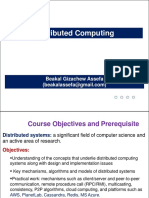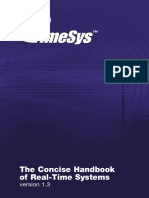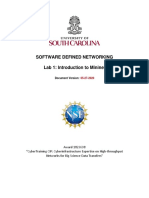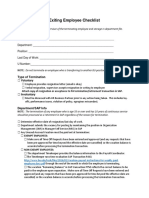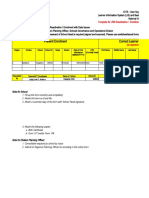0% found this document useful (0 votes)
9 views9 pagesYasho Distributed Systems Assignment-01
The document provides an overview of distributed systems, highlighting their key features such as transparency, fault tolerance, and scalability, which are essential for real-time applications in various domains like stock trading, ride-hailing, healthcare, smart grids, and video conferencing. It discusses the real-time requirements and technologies used in these applications, emphasizing the importance of low latency and high uptime. Additionally, it outlines design principles, challenges, and the critical role of real-time distributed systems in modern digital infrastructure.
Uploaded by
navya shreyaCopyright
© © All Rights Reserved
We take content rights seriously. If you suspect this is your content, claim it here.
Available Formats
Download as DOCX, PDF, TXT or read online on Scribd
0% found this document useful (0 votes)
9 views9 pagesYasho Distributed Systems Assignment-01
The document provides an overview of distributed systems, highlighting their key features such as transparency, fault tolerance, and scalability, which are essential for real-time applications in various domains like stock trading, ride-hailing, healthcare, smart grids, and video conferencing. It discusses the real-time requirements and technologies used in these applications, emphasizing the importance of low latency and high uptime. Additionally, it outlines design principles, challenges, and the critical role of real-time distributed systems in modern digital infrastructure.
Uploaded by
navya shreyaCopyright
© © All Rights Reserved
We take content rights seriously. If you suspect this is your content, claim it here.
Available Formats
Download as DOCX, PDF, TXT or read online on Scribd
/ 9

























